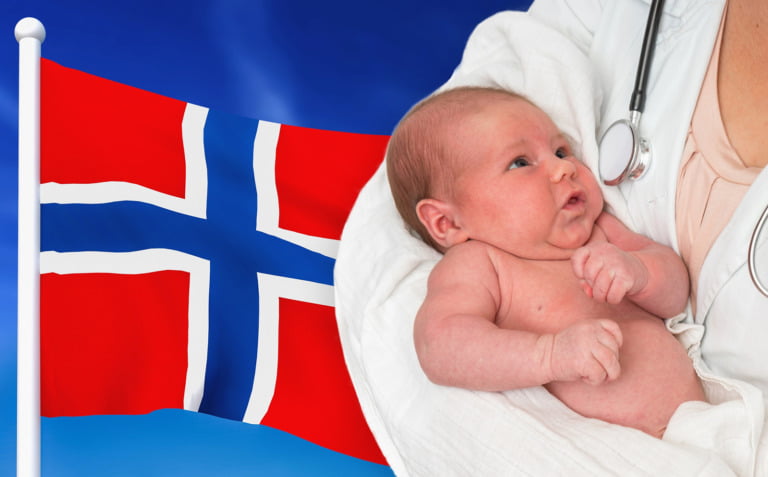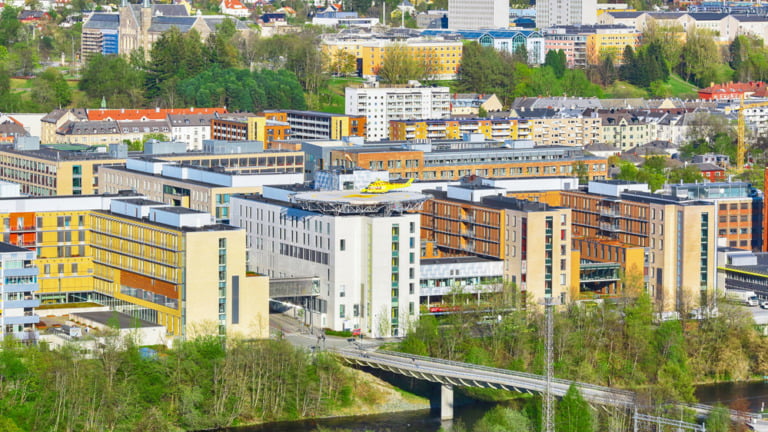Norwegian women gave birth to fewer children than ever before in 2020. There’s a similar pattern in other Nordic countries.
Never have so few children been born in Norway as in 2020. New official figures show that 42.8 children were born per 1,000 women last year. That’s a 2.9% drop from 2019 and continues a longer-term downward trend.

This makes the predicted total fertility rate (TFR) 1.53 children per woman, down by almost half a child in just ten years.
The fertility rate among immigrants has traditionally been higher than the general population, but the trend could also be seen among this group. Immigrant women also had less children than ever before in 2020.
“The decline in fertility is a trend that has been going on for over ten years, so these are not surprising numbers,” says Espen Andersen in Statistics Norway.
Read more: Popular Norwegian Baby Names
A consistent low birth rate combined with long life expectancy could create an economic timebomb for future generations. Simply put, there will be fewer people of working age paying tax into the system and more people drawing a pension, although immigration will adjust that balance to some extent.

Coronavirus not to blame
Ferenc Masali, the chief physician at the Norwegian Institute of Public Health (FHI), isn’t sure of the reason, but highlighted an intriguing pattern across northern Europe. “The number is falling by about the same amount in all the Nordic countries,” says Masali.
The obvious assumption is that the low birth rate was a result of the disruption caused by 2020’s coronavirus measures.
But as the rate refers to babies born during 2020 and the measures weren’t introduced until mid-March, it wouldn’t have had a big impact.
Most babies born in 2020 would have been conceived well before the coronavirus was discovered. We will see the impact–positive or negative–on the birth rate in 2021.
Norwegians waiting longer to have children
In 2020, the average age of first-time mothers was 29.9 years. First-time fathers were on average 32.1 years old. Compared with 2019, that's an increase of 0.1 years for both mothers and fathers.

Fewer newborn deaths
In addition to the record low birth rate, there were also fewer newborn deaths than ever before. A total of 66 newborns died in Norway last year.
Read more: Parenting in Norway as a Foreigner
That’s 1.2 deaths per 1,000 newborns, a record low mortality rate. The official statistics count a newborn death if the child dies within 28 days of birth. By way of comparison, the newborn mortality rate in 1967 was 11.2 per 1,000.
This compares favourably with newborn mortality in the west of the world. During 2019, the European rate was 4.0 per 1,000, while in the rest of the world it was 17.5 per 1,000.
FHI’s Kristine Stangenes is pleased with the numbers. She says that it shows Norway’s health professionals handled women and children well, even during the pandemic.
Injuries caused by a premature birth and complications during childbirth are the most common causes of newborns dying. Some children also die from diseases they were born with. 39 of the 66 Norwegian newborns who died last year were born before week 32 of pregnancy.

